Determiner (Article)
Articles are the adjectives a, an, and the. A and an are called indefinite articles. The is called the definite article.
The Indefinite Article
We use A or An in front of words. A and An are articles. Articles are used before words. The article A is used before words that begin with a vowel (there are five, a e i o u). The article An is used before words that begin with a consonant (all letters of alphabet except vowels).

The article “an” is used before a words that begins with a vowel sound, such as “an apple“; we can also say “a red apple”.

Example: The article “a” is used before a words that begins with a consonant, such as “a dog“; but we can also say “an affectionate dog”
Definite Article
The definite article “the” is used in front of a noun. Here are some exercises for you to practice using these articles. It is used when there is mostly one thing, one place or one group.
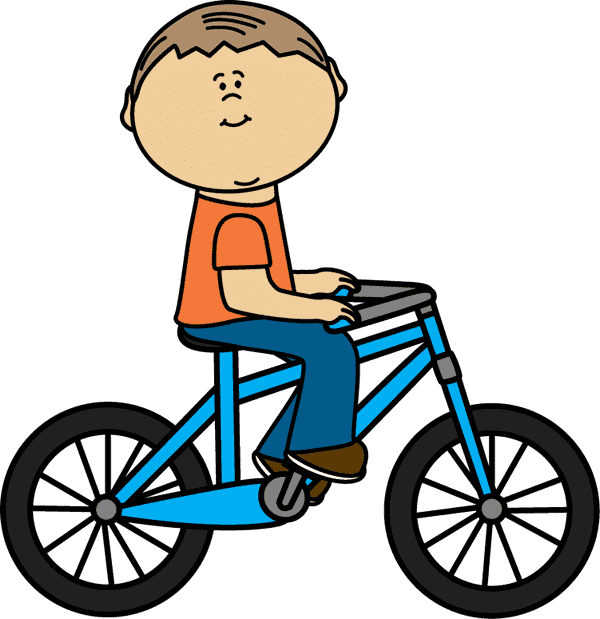
Example: This is the bicycle I got for my birthday. It is the best best gift I ever got.

Example: The poor man fell down the stairs at the Lucas’ reside
SINGULAR AND PLURAL
Words that name things are called nouns. A noun is a word that names a person, a place, an animal, a thing, or an idea.
Nouns may be either singular or plural. There are more than one apple below. So we often add s to make a noun plural.

Example: The plural of apple is apples.
Some nouns, in its singular form, end with f or fe. We change the f to v and add es, when written in the plural form. Some nouns end with a consonant +o. We often add es to make it plural.

Example: one loaf —–>> three loaves
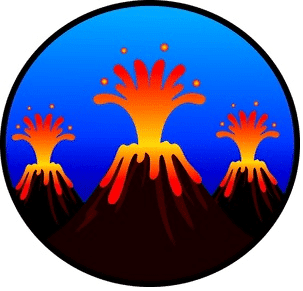
Example: one volcano ——->> three volcanoes
Some nouns end in s or es in the plural. Then there are nouns you just have to learn the plural of the nouns. Some nouns stay the same in the singular and plural and some don’t have a singular form.
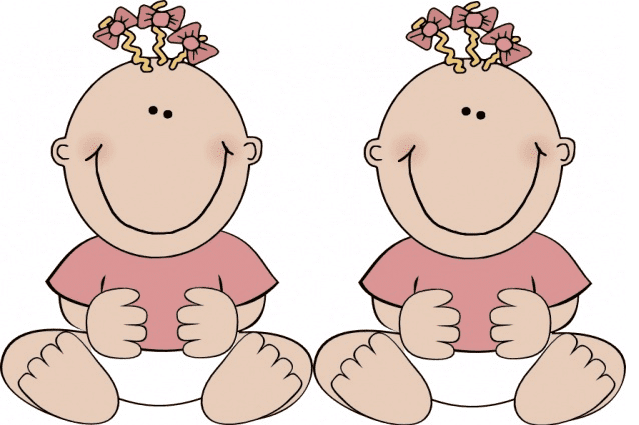
Example: one baby ———>> two babies

Example: child ———>> children

Example: one sheep ———–>>>> three sheep
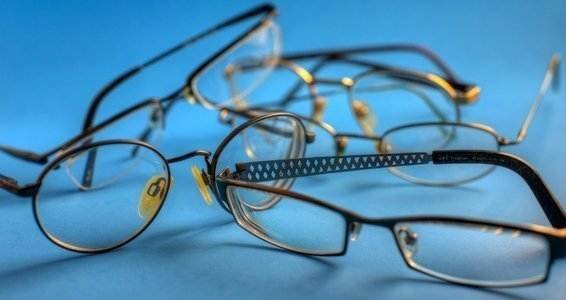
Example: Spectacles – Some nouns don’t have a singular form.
Nouns that don’t have a singular form are: aborigines, amends, annals, assets, antipodes, bellows, billiards, dregs, gallows, matins, measles, nuptials, oats, obsequies, pincers, pliers, premises, scissors, shears, spectacles, thanks, tidings, tongs, trousers, tweezers, vespers, and victuals.
Click here to read the list of more irregular nouns in its singular and plural form.

A proper noun is a special noun. It may name a particular person, place or thing. A proper noun always begin with a capital letter.

Example: The capital of Trinidad is Port of Spain.
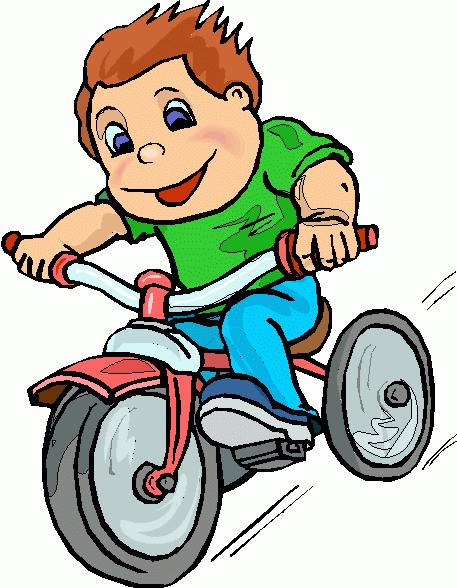
Example: Milo likes riding around the hills of Port of Spain.
COMMON NOUNS
A common nouns are the names of people, places or things in general.

Example: The man went to the shop. [common nouns]
Example: Mr. Brown went to Xtra Foods Supermarket. [proper nouns]
Please use any of the noun activity quizzes or worksheets below in your classroom or at home. Just click on the title to open the links.
NOUNS (GENDER)
Nouns can be classified according to their gender (masculine, feminine, common or neuter).
- Masculine words denoting male creatures, e.g. boy, brother.
- Feminine words denoting female creatures, e.g. girl, sister.
- Common words denoting creatures of either sex, e.g. child, student.
- Neuter words denoting things things of neither sex, e.g. bag, house.
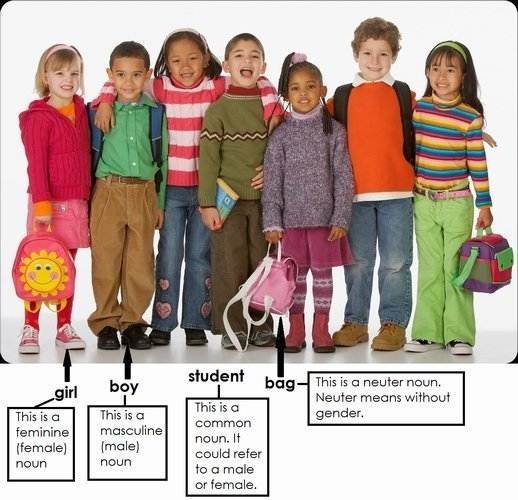
Exception: We often speak of things, such as a car, as being male or female. Names of things that suggest power or dignity are often spoken of as being masculine. Names of things that suggest beauty or gentleness are often spoken of as being feminine.
Example: Death is referred to as masculine.
Example: Nature is referred to as feminine.
Want more information on gender nouns, here is a list of gender nouns. Click here.
POSSESSIVE NOUNS
A possessive noun tells us who the owner of something is. Possessive nouns are written with an apostrophe. If the owner is singular, we add an apostrophe and s to make a noun possessive. If the owner is plural, we add an apostrophe after the s.

Example: The boy‘s bicycle is blue.
This means: the bicycle that belongs to the boy [only one boy] is blue.

Example: The children‘s bags are full of books.
This means: the bags that belong to the children (more than one child) are full with books.
CONCRETE AND ABSTRACT NOUNS
Concrete nouns are the names of real things you can touch, taste, see, hear or smell. Abstract nouns are nouns which represent thoughts, ideas and feelings. You cannot touch, taste, see, hear or smell these nouns. Abstract nouns are derived by changing the ending or adding a suffix.

Example: It is a joy to see Mr. Brown in the supermarket.
The word “joy” is an abstract noun. The word “supermarket” is a concrete noun.
Thus, abstract nouns names quality, conditions, or actions. Mr. Brown is a man with a lot joy. If we want to recognize in him a certain quality we can also say…
A joyous Mr Brown is in the supermarket.
Similarly: poverty express the condition of a poor man.
We can also say: “Shopping is a strange hobby.”
An abstract noun can express attributes or qualities, such as prudence, height, redness, stupidity (called attribute abstract nouns). An abstract noun can express state, conditions, or action; such as “a long run“, “a bold move“, “a brisk walk” (called verbal abstract noun).

Example: John joyfully took a brisk walk up the hill. Walking is always a healthy exercise option.
COLLECTIVE NOUNS
A collective noun is the name given to a group of things.

Example: A flock of sheep are grazing in the meadow.
Want to know more about collective nouns. Click here.
COMPOUND NOUNS
A compound word is made up of two or more nouns.

Example: tooth + brush = toothbrush
Compound words may be divided into two classes:—
(1) Those whose parts are so closely joined as to constitute one word. These make the last part plural.
Example: courtyard, dormouse, Englishman, fellow-servant, fisherman, Frenchman, forget-me-not, goosequill, handful, mouthful, cupful, maidservant, pianoforte, stepson, spoonful, titmouse
(2) Those groups in which the first part is the principal one, followed by a word or phrase making a modifier. The chief member adds -s in the plural.
Example: aid-de-camp, attorney at law, billet-doux, commander in chief, court-martial, cousin-german, father-in-law, knight-errant, hanger-on.
NOTE.—Some words ending in -man are not compounds of the English word man, but add -s; such as talisman, firman, Brahman, German, Norman, Mussulman, Ottoman.
